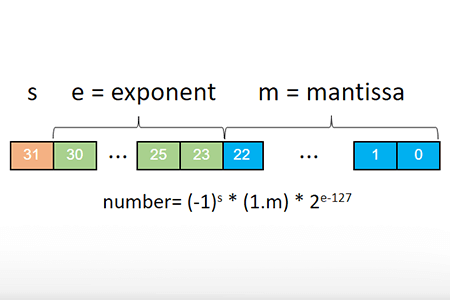TMP – Temperature sensor
The temperature sensor (TMP) block provides access to the temperature measurement from a PT100 or PT1000 sensor for drive applications. The B-Box RCP supports up…

The temperature sensor (TMP) block provides access to the temperature measurement from a PT100 or PT1000 sensor for drive applications. The B-Box RCP supports up…

The sin/cos encoder (S/C) block retrieves the Sine and Cosine signals of a sin/cos encoder connected to the Motor Interface. The B-Box RCP supports up…

The hall sensor interface (HAL) block provides access to the commutation signals from Hall effect sensors of a brushless DC motor. The B-Box RCP supports…

The resolver interface block decodes the feedback from a resolver and provides the position of the rotor for drive applications. The B-Box RCP supports up…

The incremental encoder interface (INC) block decodes the A, B, Z signals from an incremental encoder for motor drive applications. The B-Box supports up to…

The SS-PWM peripheral provides a specialized Pulse Width Modulation scheme (PWM) for multilevel converters, which directly integrates means for balancing series-connected submodules. Such an approach…

This technical note shows how to build a decoder IP for a Delta-Sigma Modulator and establish communication with such a device through USR ports of…

The choice of fixed vs floating-point arithmetic for an FPGA algorithm is a decision that has a significant impact on the FPGA resources usage, computation…

The SFP output mailbox block allows sending data float (single) signals via the SFP optic cables. To recieve data float (single), the SFP input mailbox…

The SFP input mailbox block allows receiving float (single) signals via the SFP optic cables. To send data float (single), the SFP output mailbox block…
End of content
End of content